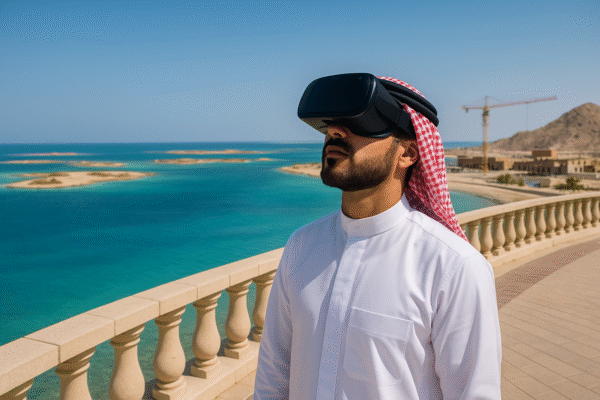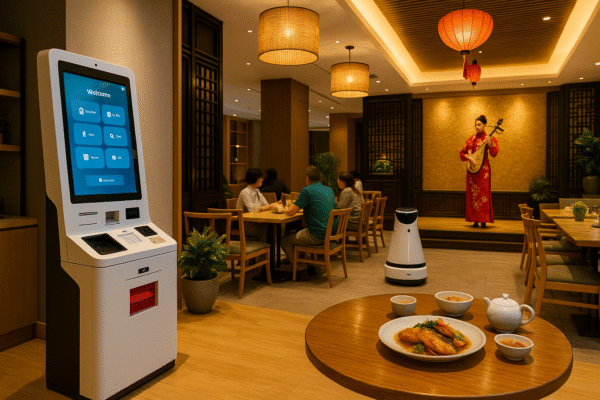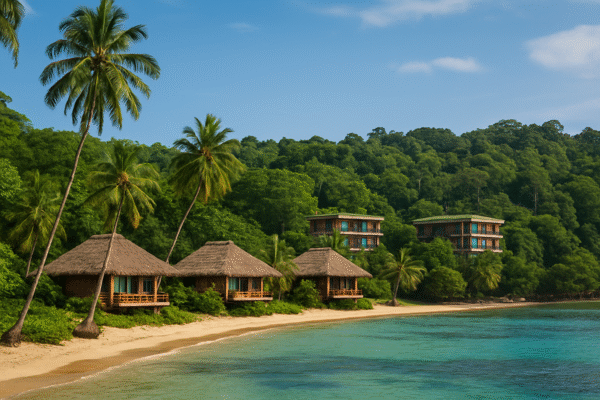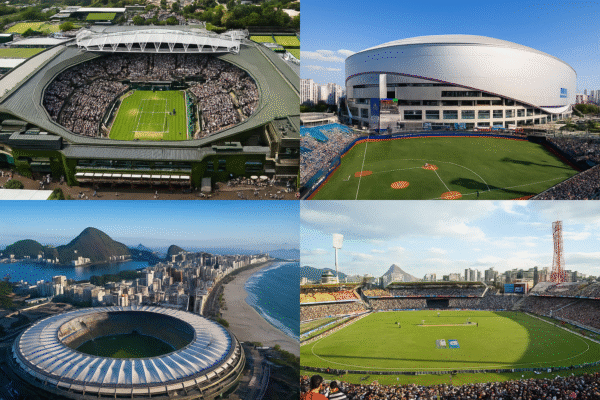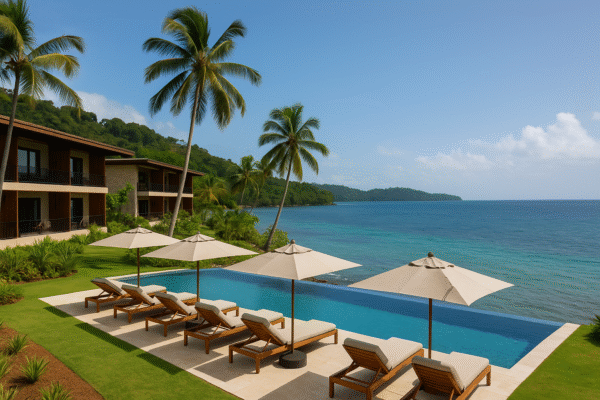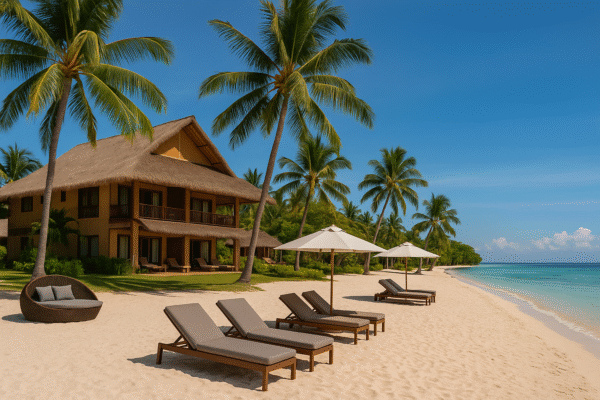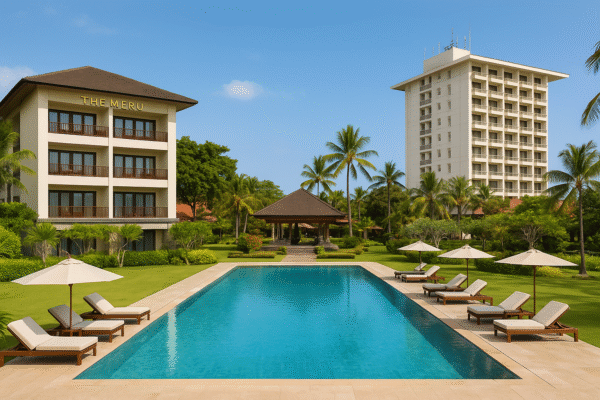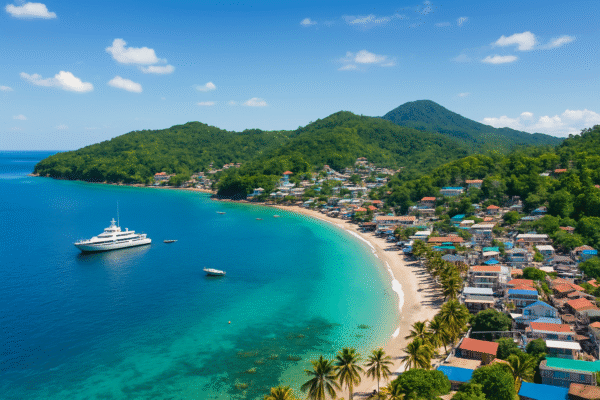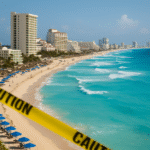Puerto Galera, nestled in Oriental Mindoro, is often described as one of the Philippines’ crown jewel destinations. With pristine beaches, lush mountains, and coral reefs teeming with marine life, the town has been recognized by UNESCO as a Man and Biosphere Reserve. It attracts thousands of visitors annually, from divers seeking its world-class underwater scenery to eco-travelers looking for a quiet tropical retreat.
Yet today, Puerto Galera finds itself at the center of a heated debate. Plans for a new cruise ship terminal proposed by the Philippine Ports Authority (PPA) have triggered strong calls for accountability and transparency from the local government and community leaders.
The Demand for Transparency
On August 14, 2025, the Sangguniang Bayan (SB) of Puerto Galera, the town council, formally wrote to the PPA’s general manager. Their request was clear: provide complete documentation about the proposed cruise port project before moving forward.
The SB specifically asked for:
- Approved maps and boundaries of the proposed terminal site.
- Environmental impact assessments (EIA) detailing potential effects on marine ecosystems, local fisheries, and coastal zones.
- Economic and social studies showing projected benefits and possible trade-offs for residents.
- Full construction and operations plans, including safety, waste management, and infrastructure designs.
The council emphasized that without these critical documents, the community cannot fairly evaluate whether the project serves Puerto Galera’s long-term interests.
Protecting an Eco-Tourism Haven
Puerto Galera has long branded itself as an eco-tourism destination. Its crystal-clear waters, diverse coral reefs, and sustainable adventure activities—like diving, island-hopping, and hiking—make it one of the Philippines’ most loved escapes. The charm of Puerto Galera lies not in sprawling developments, but in its ability to balance tourism with nature preservation.
The proposed cruise port, however, raises concerns about this delicate balance. A sudden influx of thousands of cruise passengers per docking could overwhelm local infrastructure, strain water resources, and put pressure on fragile coral reefs.
Environmental groups and local dive operators have voiced fears that the marine biodiversity of Puerto Galera, including endangered species, could face irreparable damage if safeguards are not strictly enforced.
Economic Promise vs. Environmental Risk
Supporters of the project argue that a cruise terminal could bring significant economic benefits to Puerto Galera. Increased tourist arrivals would boost local businesses, from tricycle drivers and souvenir sellers to resorts and restaurants. Jobs would multiply, and the town could become a premier stop in the Philippine cruise tourism circuit.
Yet, as the SB highlights, these potential economic benefits cannot overshadow environmental and cultural risks. Once natural ecosystems are degraded, recovery can take decades—or may never occur.
The council stressed the need to learn from other Philippine tourism hotspots where rapid, unregulated growth led to closures and rehabilitation programs, such as Boracay’s 2018 shutdown for environmental restoration. Puerto Galera’s leaders want to avoid repeating such costly mistakes.
Upholding the Law and Community Voice
Citing Section 27 of the 1991 Local Government Code, the SB reminded the PPA that local approval and consultation are mandatory for projects that directly affect the community. So far, public consultations with residents, environmentalists, and business owners have not been formally held.
The SB is pushing for open hearings where all stakeholders can air their views. For Puerto Galera’s leaders, development should be community-driven, transparent, and aligned with sustainable tourism principles.
A Model for Sustainable Cruise Tourism in the Philippines
Puerto Galera’s stand reflects a growing national and global trend: balancing cruise tourism expansion with sustainability. Around the world, destinations like Venice and Dubrovnik have tightened cruise regulations to protect heritage and ecosystems.
If managed correctly, Puerto Galera’s cruise port could serve as a model for sustainable tourism in the Philippines—a showcase of how modern infrastructure can coexist with environmental stewardship. This would require strict environmental monitoring, responsible waste management, caps on daily tourist arrivals, and collaboration with local communities.
Looking Ahead
As the PPA reviews the SB’s request, the future of Puerto Galera’s cruise port project remains uncertain. What is clear, however, is that the decision will shape not only the town’s tourism roadmap but also its identity as an eco-tourism destination.
Puerto Galera’s leaders are not rejecting growth—they are calling for responsible growth. The town wants development that secures jobs, strengthens cultural pride, and enhances visitor experiences, all while keeping its beaches, reefs, and forests intact for generations to come.
For now, the world is watching Puerto Galera closely. The outcome of this debate could set a precedent for Philippine tourism development, proving that transparency, environmental responsibility, and community voices must guide the future of cruise tourism.
For more travel news like this, keep reading Global Travel Wire

